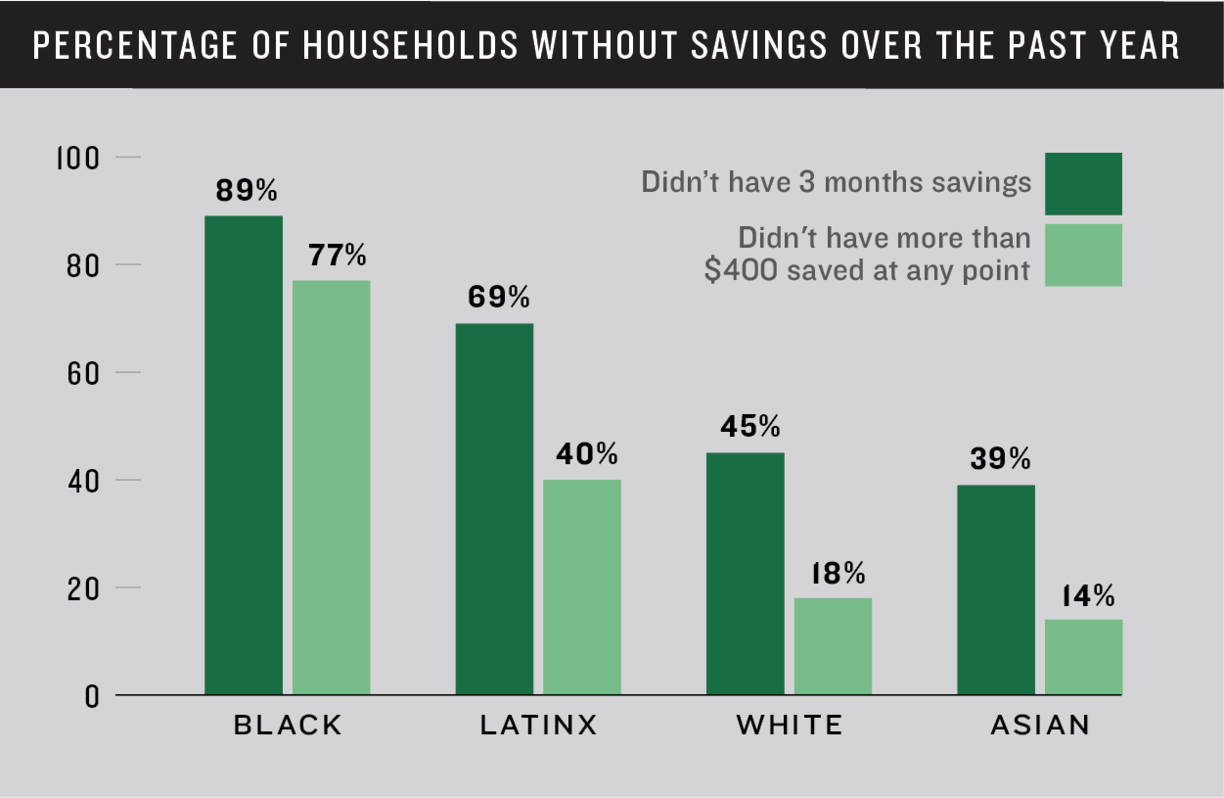Last week, after over a month of shocking headlines, there was one that unfortunately didn’t surprise me at all. The New York Times reported on the disproportionate rate Black Americans are contracting COVID-19. A couple of days later it added, “Virus Is Twice as Deadly for Black and Latino People Than Whites.”
While data are still being gathered in California, the numbers are clear in other parts of the country. In Chicago, 32% of the population is Black, but over 70% of COVID-19 deaths are Black patients. In New York, Latinx have a death rate of 22 per 100,000, while Whites and Asians are less than half that rate.
In real time we are seeing how the underlying factors that connect race and poverty are the same as those that link race and survival during a pandemic. The people bagging groceries, working in fast food restaurants, driving our city buses, and working in hospitals–all of whom have higher risk of exposure–are often people of color. If you compound the higher risk of exposure with lack of access to quality healthcare and higher rates of respiratory illness like asthma, the numbers are shamefully predictable.
In the coming weeks, Tipping Point is going to be presenting results from a study we did in partnership with U.C. Berkeley on poverty in the Bay Area. Because the first waves of data were collected in the months leading up to the COVID-19 outbreak, the analysis serves as a critical benchmark. One of the key findings–again, sadly foreseeable–is the powerful link between race and poverty.
Our study paints a picture of profound racial disparities and exemplifies the dire economic consequences that play out over time. Below are some numbers that emerged. This data feels even more relevant now, as we try to imagine what these numbers might look like today, just one month into this crisis.
THE NUMBERS

Data from the Taking Count study, conducted by Tipping Point Community and U.C. Berkeley between Summer, 2018 and Summer, 2019.
THE LATEST
This week, we released our second round of emergency grants to provide funding to 12 organizations across the Bay Area. With unemployment numbers climbing, these groups are stepping up to serve their communities in a number of ways from providing groceries and prepaid mobile phones, to arranging childcare and helping out with rent.
THE HIGHLIGHTS
- READ: In the Bay Area, 86% of those losing jobs in this crisis earn less than $40,000 a year. They are also disproportionately people of color.
- SHARE: Self-isolation is nearly impossible for workers who can’t stay at home. Tipping Point grantee Mission Asset Fund is working to address those inequities.
- READ: As the impact of the pandemic continues to grow, McKinsey & Company details how Black Americans will continue to be disproportionately affected.
DONATE
Receive dispatches about our effort to support low-income Bay Area communities throughout the COVID-19 crisis. SUBSCRIBE


